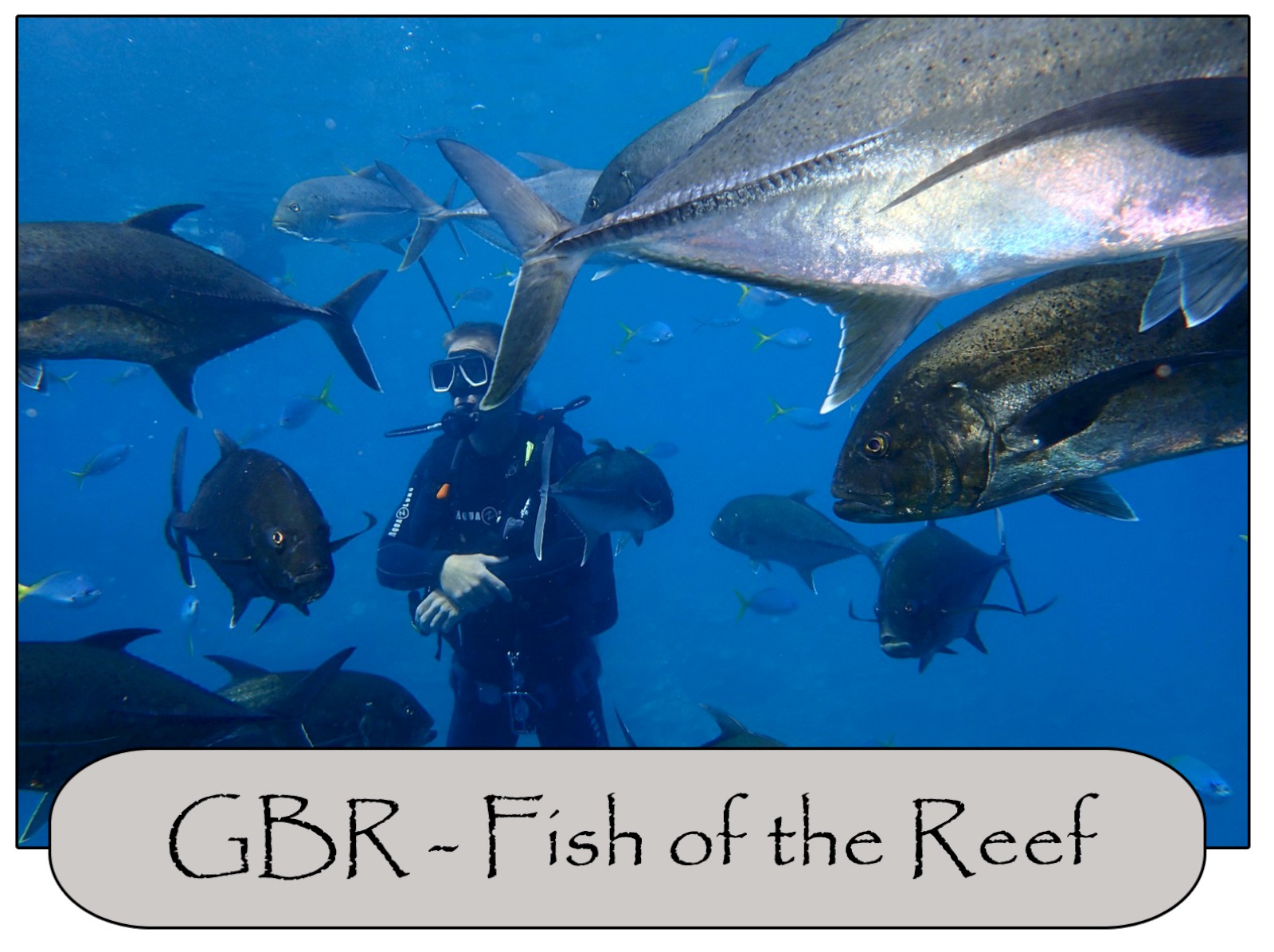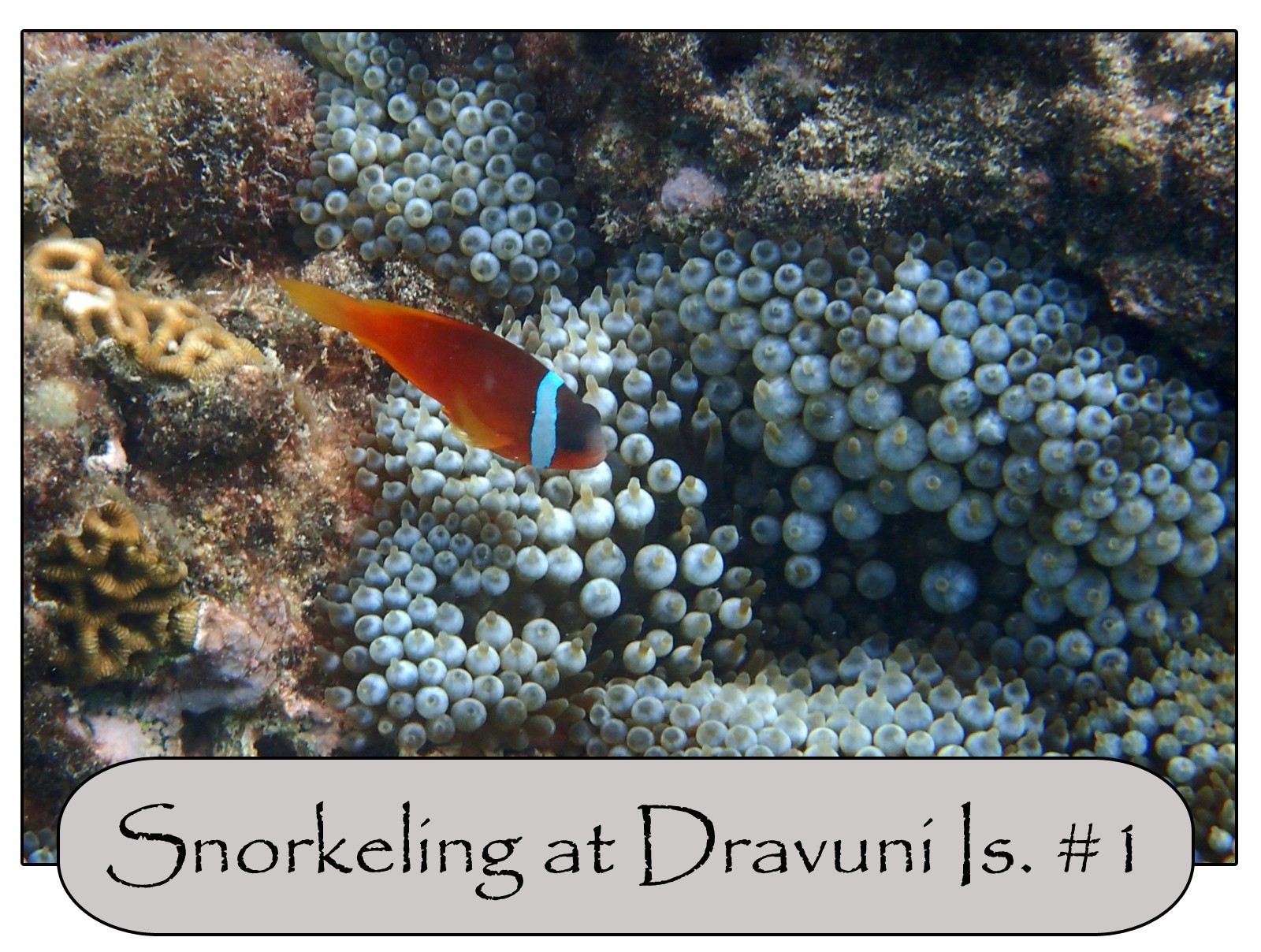There are over 6,000 non-fish species that live in the Great Barrier Reef.
The Great Barrier Reef is the world’s largest coral reef system composed of over 2900 individual reefs and 900 islands stretching for over 1400 miles over an area of 133,000 sq. miles. The reef is located in the Coral Sea off the coast Queensland, Australia.
The Great Barrier Reef is the world’s largest structure made by living organisms and can be seen from outer space. It has been selected as a World Heritage Site and is labeled at one of the seven natural wonders of the world.
The Great Barrier Reef supports a great diversity of life on the sea floor, including some species that are only found in this reef system. The wildlife that lives on the ocean floor in the Great Barrier Reef are:
• 15 species of sea grass
• 5000 species of mollusk
• 330 species of ascidians
• 400 species of bryozoans
• 400 species of coral including both hard coral and soft coral.
While there are an amazing amount of wildlife that lives on the ocean floor of Great Barrier Reef, the focus of this post is on the coral that make up the reef. Obviously I can only feature a small number of the coral that are the structure of the reef because I was only able to spend one day snorkeling and diving on the reef. The coral that I was able to get nice photos of while diving and snorkeling are shown below:
Mushroom Leather Coral
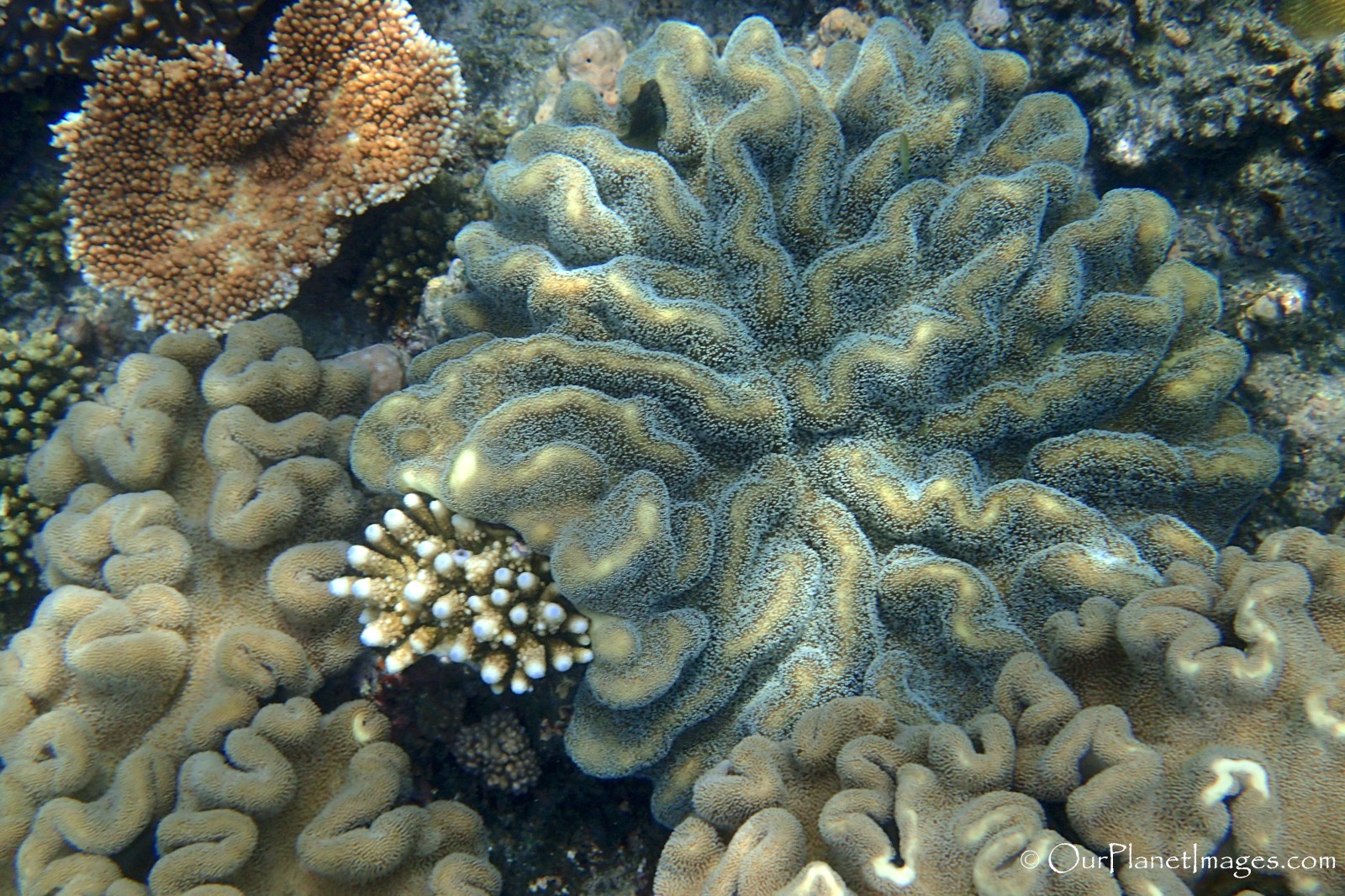

Table Coral
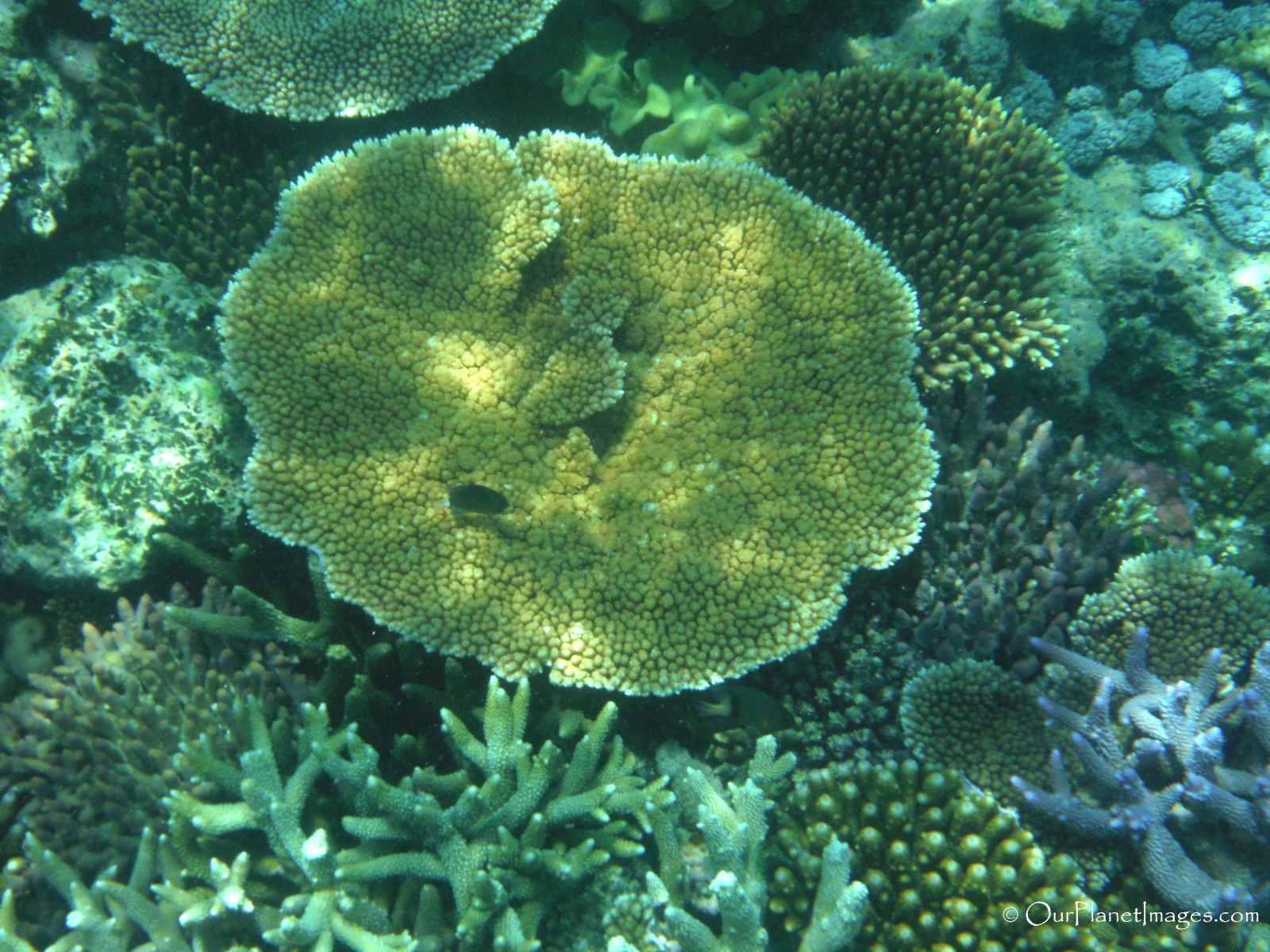
Staghorn Coral (blue coral in the picture below)
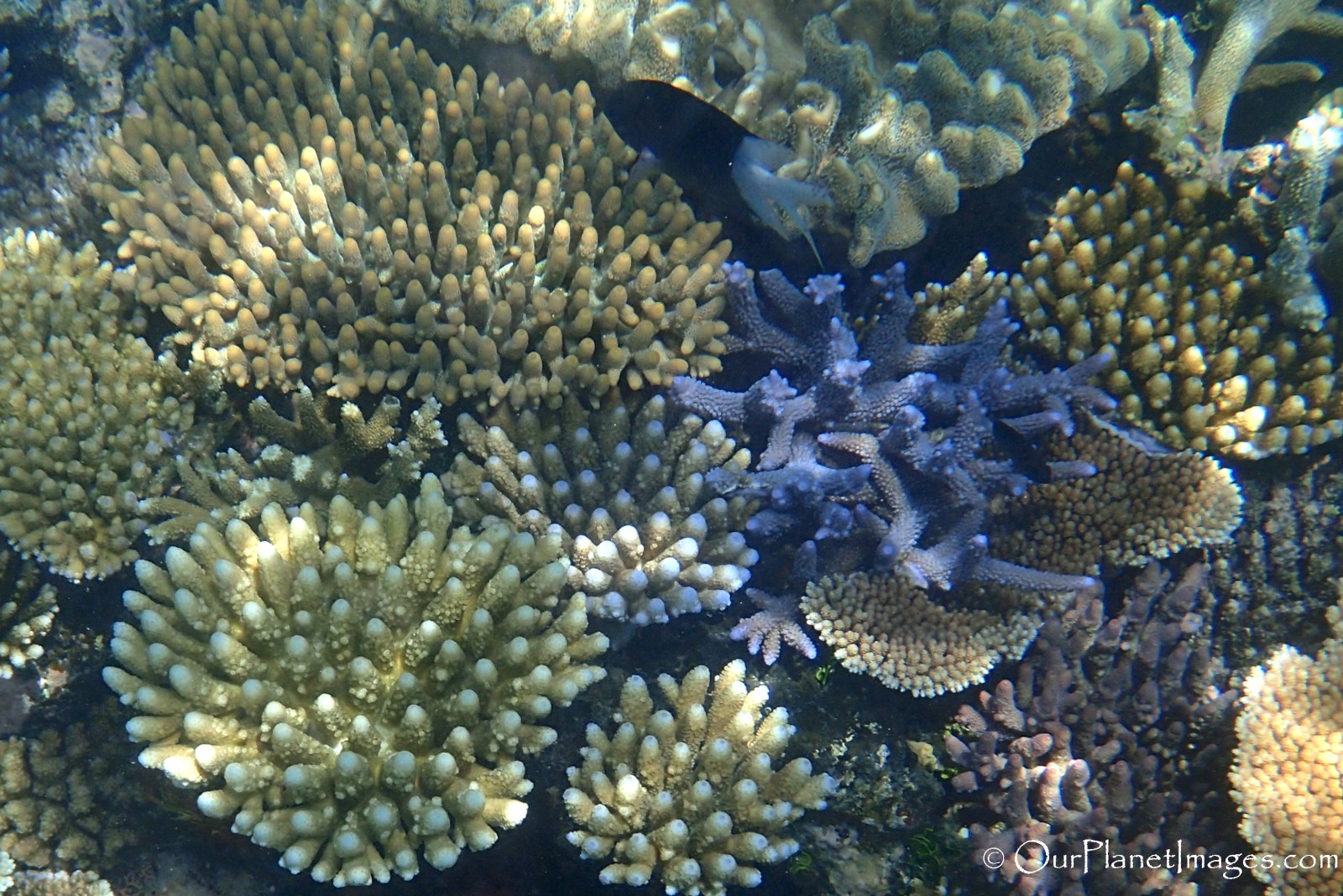
Finger Coral (blue coral in the picture below and the pink coral in the second picture)
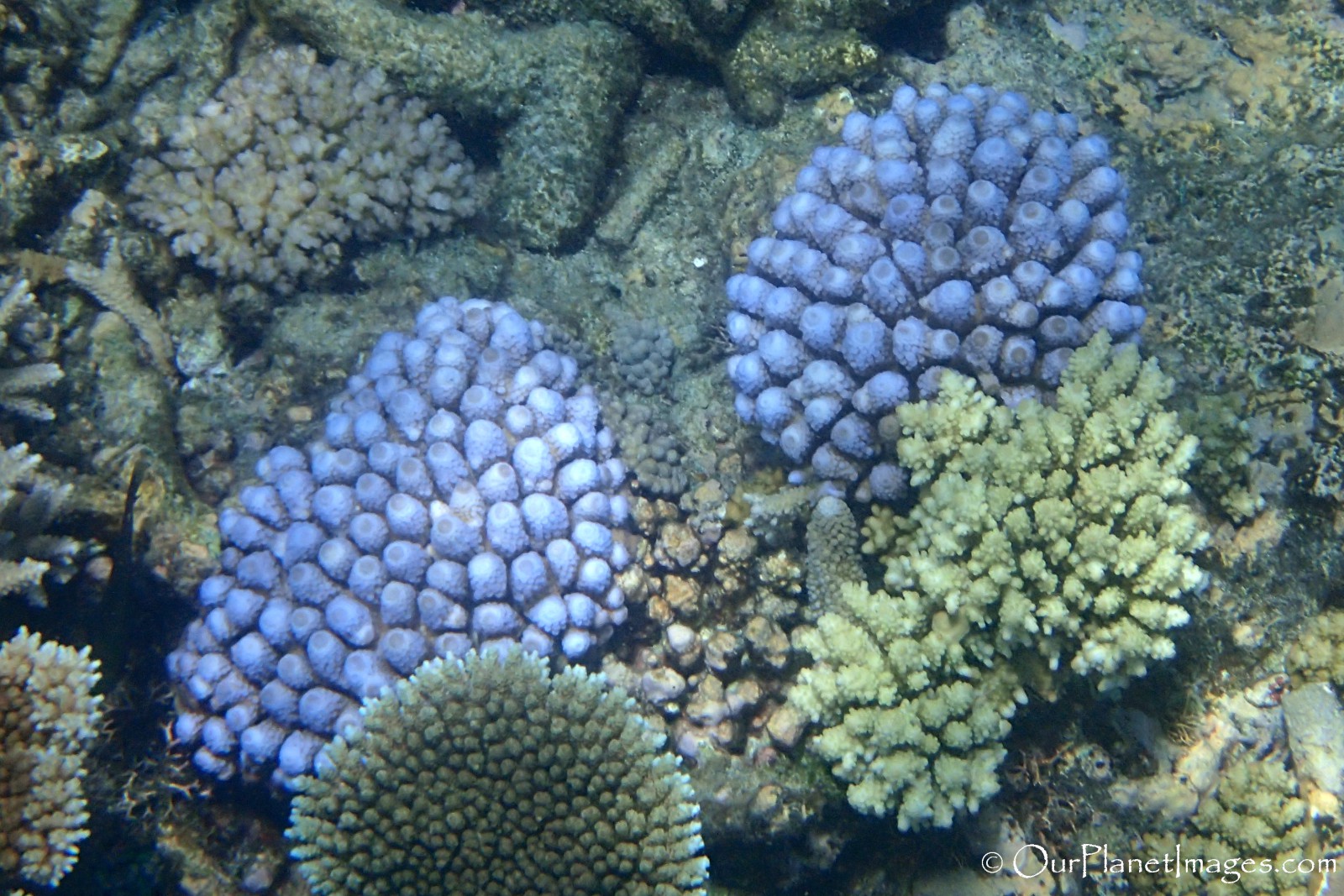
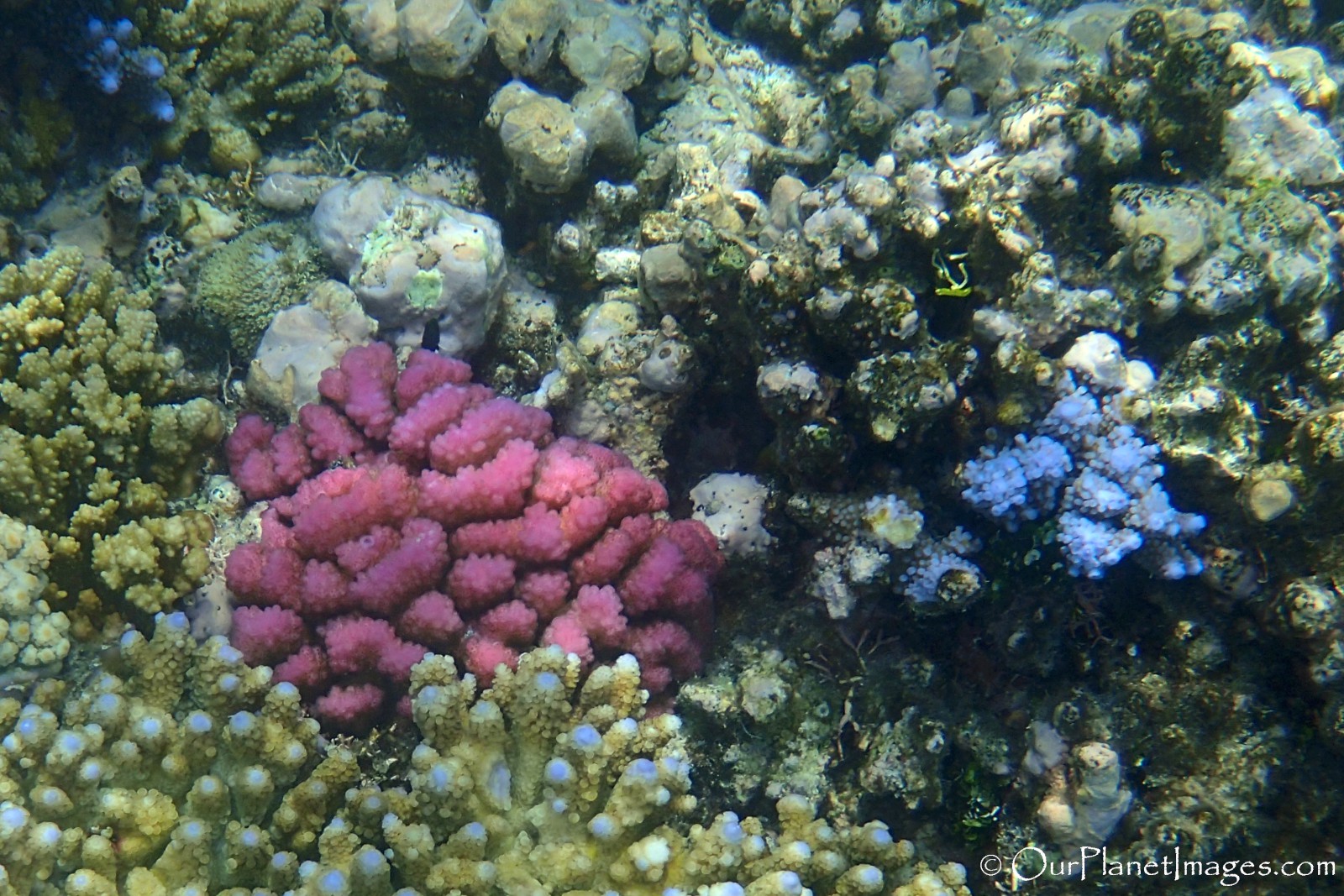
Brain Coral (yellow corals in the picture below)
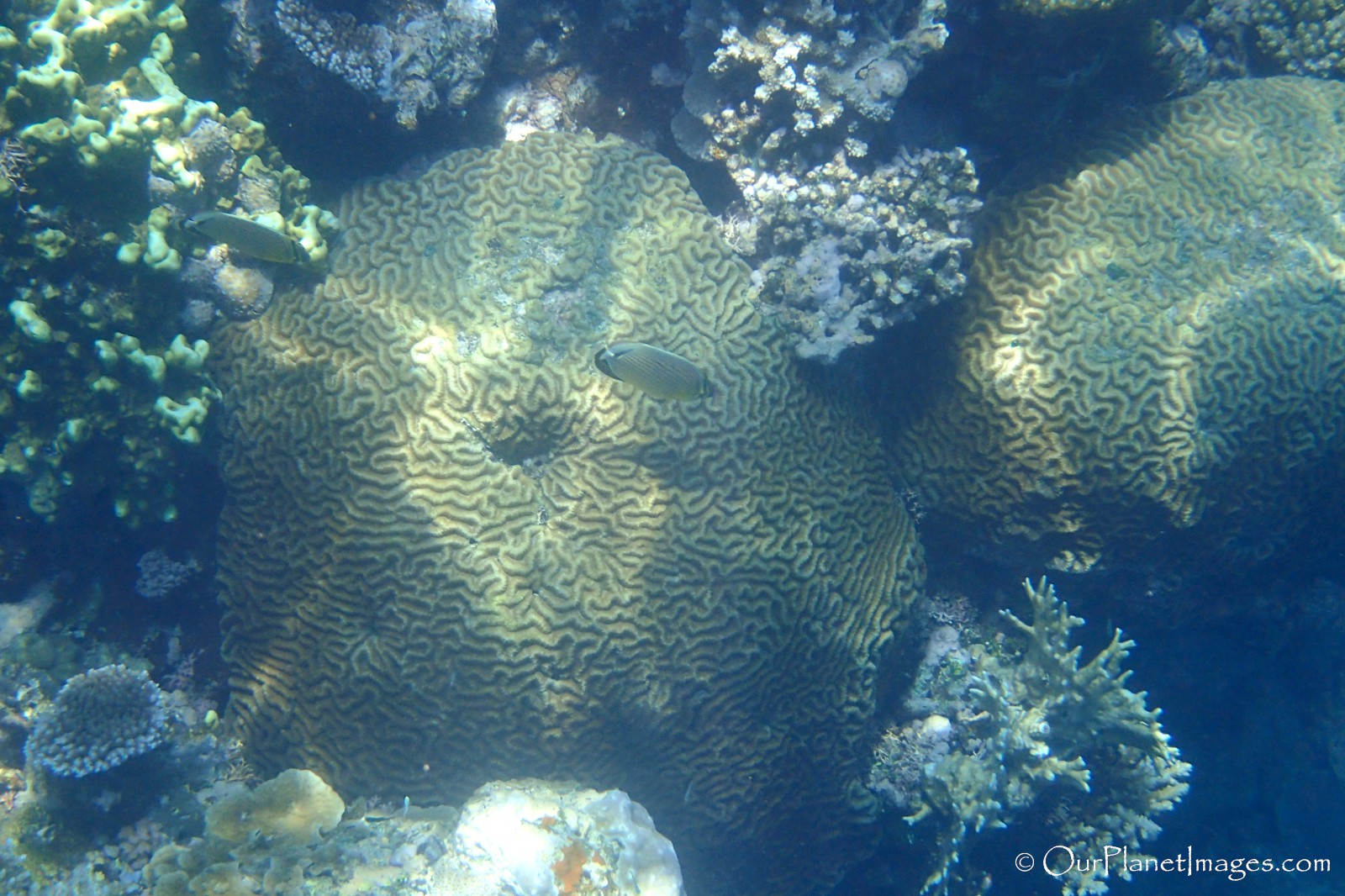
Multiple species of coral
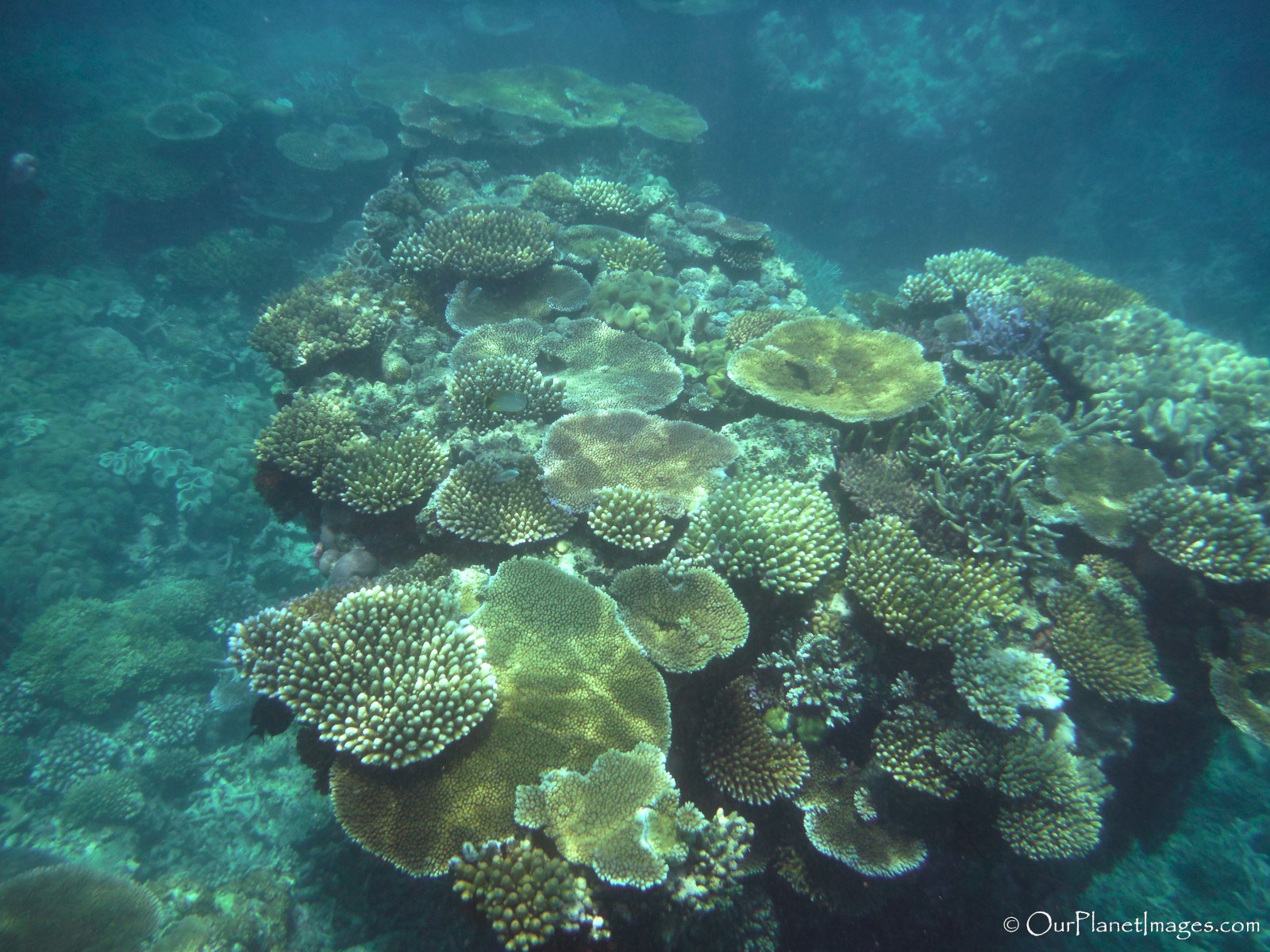
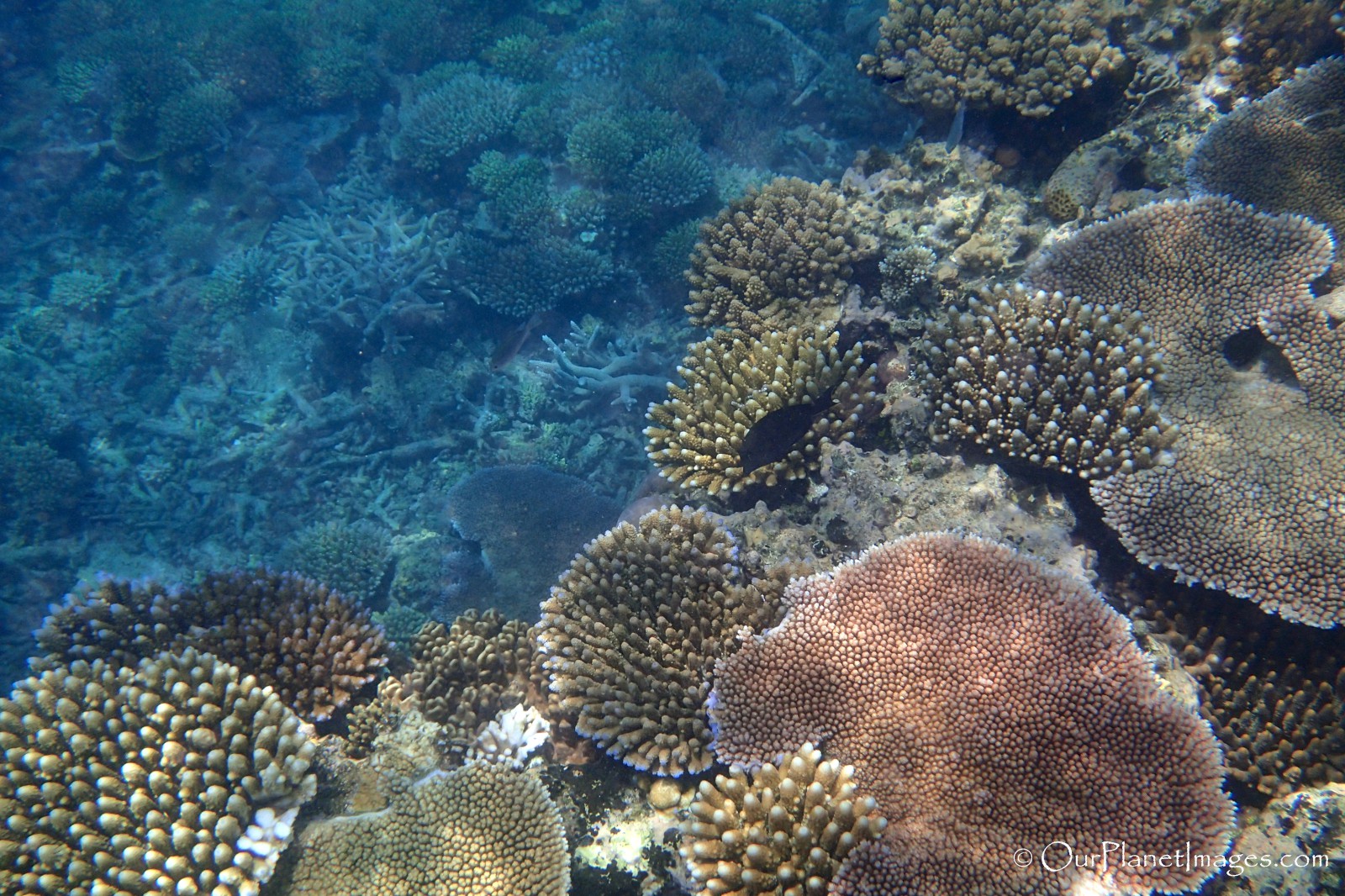
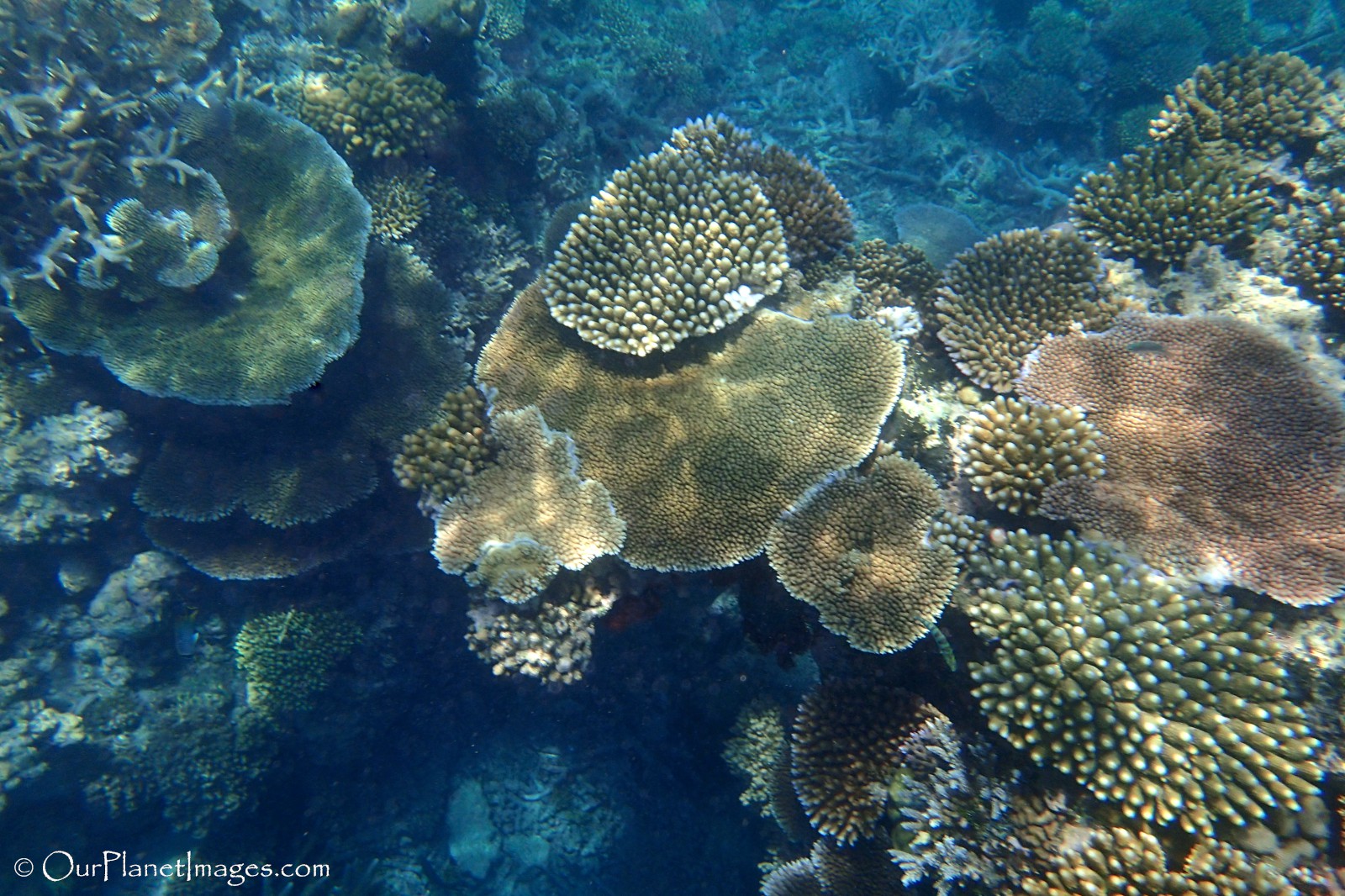
The Dust on My Shoes
I have always been amazed by wildlife. There are so many different species of birds, mammals, plants, reptiles and other creatures that it is almost unimaginable but sea life is where some of the strangest creatures live. I see sea life that I had never seen before every time I snorkel or dive. Sometimes I get so focused on watching the fish that I forget to notice the beautiful coral that provides food and shelter for the fish.
When I actually stop focusing on the fish and take a closer look at the coral it surprises me how much there is to see. The coral that make up the reef system can be just as beautiful as the fish that swim all around the structure. Similar to the fish, coral comes in all different shapes, sizes and colors and they grow right next to each other. Coral can be easier to get a take a good look at because it is not moving around quickly like fish do.
Snorkeling and diving can be overwhelming because there is so much to see and most of it is something that I have never seen before or something that I have only seen just a few times! It is a bittersweet moment at the end of each session because I am overjoyed with excitement for the things that I saw but I am also sad because I’m aware of how much remains unseen.
That’s what makes traveling so exciting for me, I know that I can’t see everything but I still want to try!
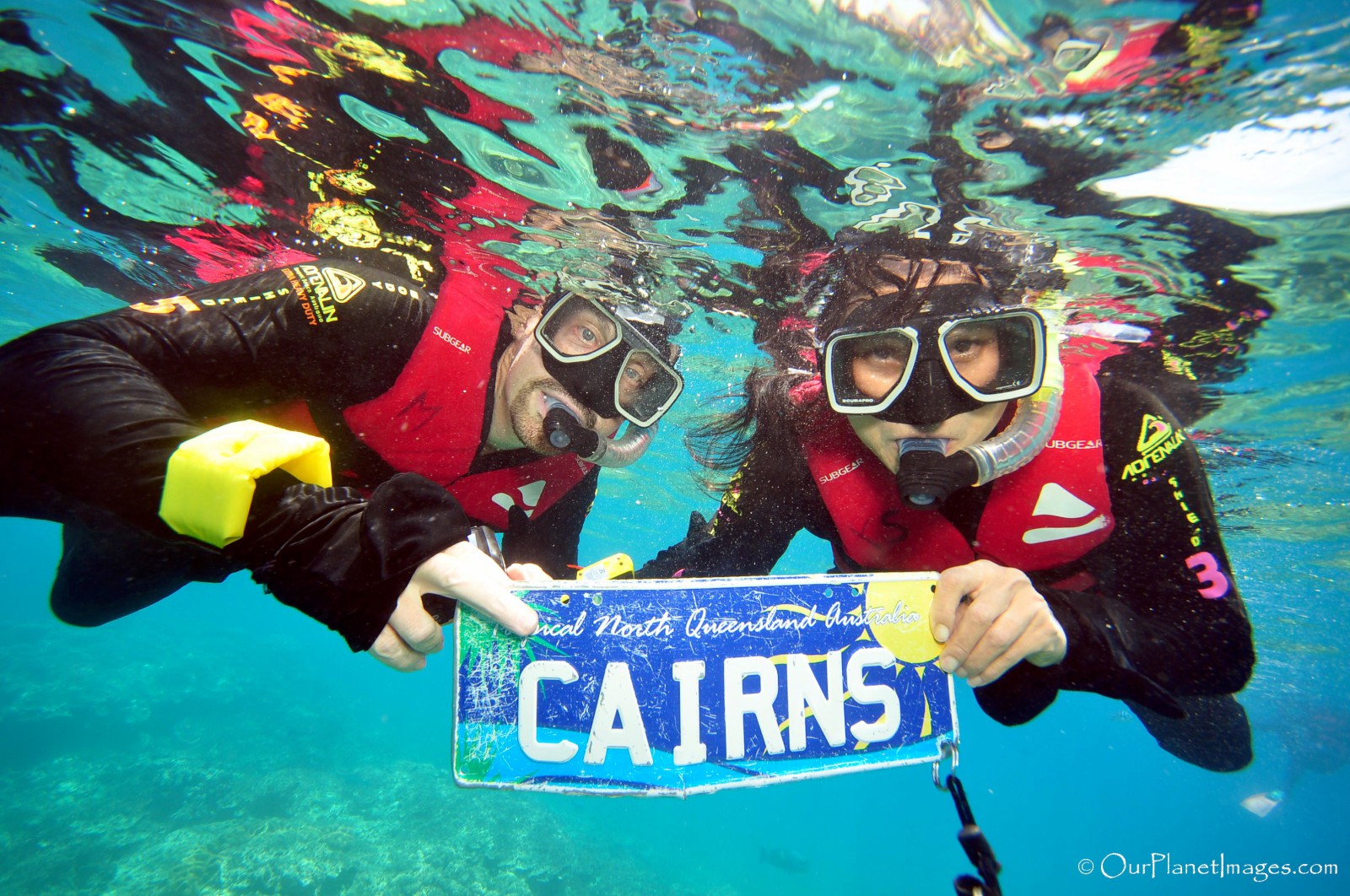
Observing sea life is a rare experience for me so I want to see as much as possible when I do get a chance. Never take for granted the times that we have to do something special!
Related Posts

